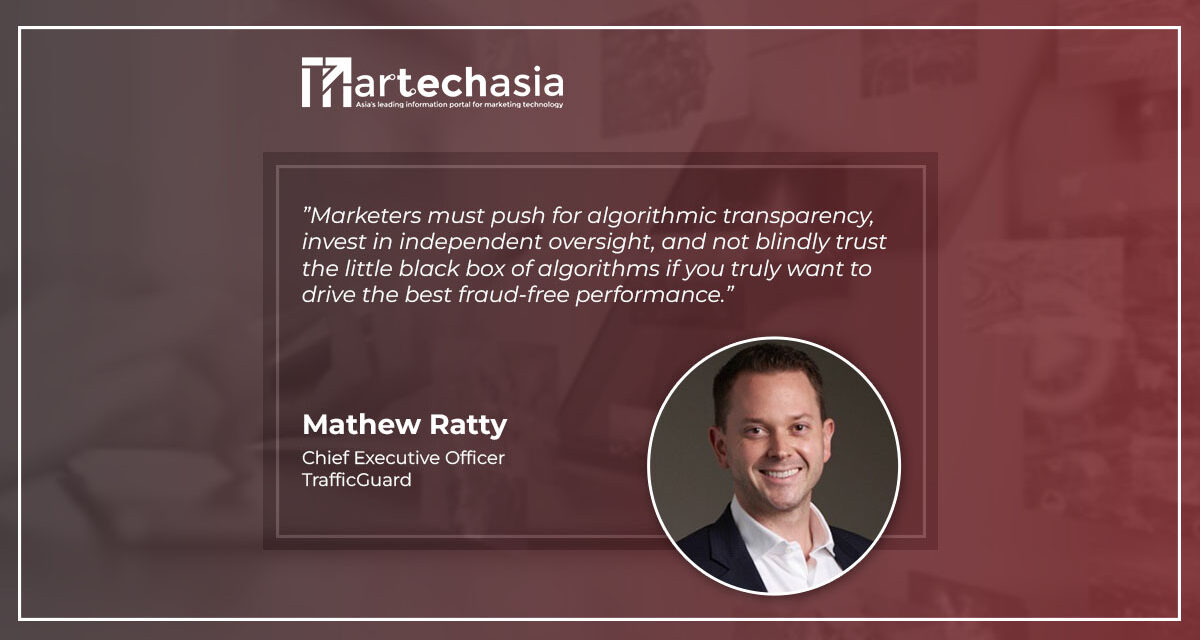How do marketers ensure transparency and accountability when decision making is surrendered to AI algorithms?
Google’s introduction of Performance Max (PMax) appeared to signal a significant advancement for marketers — an all-encompassing solution poised to elevate marketing efficiency, performance, and ROI across Google’s multifaceted channels.
Harnessing the capabilities of Google’s AI, PMax pledged to redefine the landscape of decision-making, spanning from bidding to creative refinement. However, similar to all AI-driven advertising platforms, the appeal of PMax is accompanied by a crucial consideration: the necessity for vigilant skepticism.
The crux of the issue with black box systems like PMax lies in surrendering control to algorithms. This becomes even more pronounced when Google assumes the role of the ultimate decision-maker.
The limited granularity of reporting in PMax poses challenges. While it offers overarching campaign insights, it fails to break down the specific contributions of display, search, video, or shopping ads to clicks and conversions.
This approach might work in an ideal world or within a confined Google ecosystem. However, the complexities of real-world marketing campaigns, involving multiple media partners, can expose marketers to potential exploitation and budget wastage.
Transparency and accountability are essential for effective marketing operations. We have scrutinized PMax campaigns in partnership with select clients, yielding vital findings that the industry should be privy to. Armed with this knowledge, marketers can make informed decisions about PMax and other AI-driven optimization platforms.

The infiltration of invalid traffic
Shifting their focus from general programmatic concerns, campaigns with limited insights are now at the forefront of attention due to their susceptibility to issues such as invalid traffic.
ANA’s recent study shed light on inefficiencies and resource wastage within the programmatic supply chain, revealing a shared vulnerability between PMax and traditional programmatic efforts — invalid traffic (IVT). This encompasses clicks and interactions stemming from non-human sources like bots and data centers, neither contributing to growth nor originating from authentic human engagement
Invalid traffic and click fraud are daily occurrences in traditional programmatic landscapes across search, mobile, and affiliate campaigns.
In search, we’ve witnessed bots accounting for 5-15% of search clicks, exploiting paid search campaigns for various objectives.
Mobile domains paint an even grimmer picture, especially in app install campaigns where fraudulent installs have soared, reaching up to 50%.
The rise of affiliate fraud, targeting high-payout categories, further exacerbates the issue, siphoning significant affiliate payouts through unethical means.
The PMax predicament
What sets PMax apart is the interplay of new fraud tactics and familiar invalid traffic issues that plague the broader programmatic space.
PMax, like many AI systems, optimistically assumes positive user intent. This assumption leaves it vulnerable to exploitation by bad actors, generating fake intent signals that skew the algorithm’s optimization. This misalignment results in poorly optimized campaigns, diverting advertising budgets toward fake engagement and conversion events.
To be clear, this isn’t a failing on Google’s part. Rather, it underscores the need for third-party auditing and analysis. The issue is not isolated to PMax; it mirrors the challenges that permeate the digital landscape. The responsibility rests with marketers who embrace AI without independent oversight. By doing so, they risk unwittingly channeling funds into an AI-optimized machine that perpetuates invalid traffic.
Unlocking insights and ensuring value
Our endeavors to analyze PMax campaigns led us to prioritize transparency and insights. While Google’s AdManager interface lacked key information, we devised means to unveil these insights in real time.
Transparency becomes a potent weapon against fraud. By precisely identifying the channel responsible for conversion results in each PMax campaign, marketers gain clarity on their spending and performance drivers.
Access to real-time channel data empowers advertisers to safeguard their PMax investments. One client’s case highlighted the inefficiencies of PMax inadvertently cannibalizing branded keywords. Armed with insights, marketers can adjust strategies, add exclusions, and refine targeting for optimal outcomes.
Moreover, the AI’s bias toward existing customers presents an avoidable challenge, but one that can be countered with informed strategies.

The road ahead for marketers
I believe that the industry as a whole should have a sense of optimism regarding the potential of what AI can bring to the table in terms of driving better marketing performance. There is value to be realized in automation and operational efficiencies to be gained.
But, whether it’s PMax or any other AI-led solutions, marketers must push for algorithmic transparency, invest in independent oversight, and not blindly trust the little black box of algorithms if you truly want to drive the best fraud-free performance.
Otherwise, bad actors, whether they target PMax or any other AI-led advertising solution, will exploit your trust for their benefit, draining your marketing budgets in the process.



















